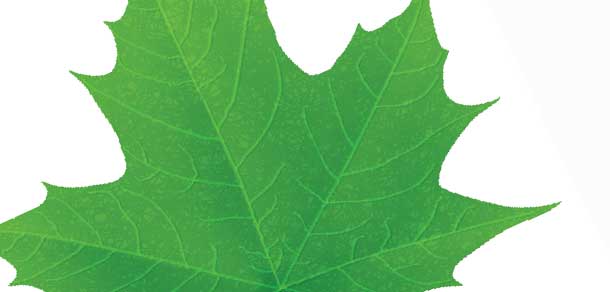What are the constraints related to this industry?
Perhaps the most challenging aspect of the presentation from Kevin Ansdell, P.Geo., FGC, FEC (Hon.) was condensing the wealth of information into a 60-minute window.
Ansdell’s presentation Critical materials for green energy: Global to local geological constraints at the virtual annual meeting introduced numerous avenues of intrigue related to this pertinent subject.
Mining activity, environmental concerns, economic benefits, government regulations, jurisdictional rights and supply and demand were just a few of the areas Ansdell highlighted that are linked to the world’s push to a greener future.
“With the global population increase, the drive to try to decarbonize and reduce greenhouse gas emissions and the drive to electrification, the one thing that always gets missed is the geological background to all of this,” Ansdell explains.
“All of the green energy aspects you can think of – the most obvious being wind and solar energy – the variety of different metals that are involved in production of batteries and wind turbines and solar panels … all of this involves a tremendous amount of and variety of materials that we mine.”
The geological sciences professor at the University of Saskatchewan singled out lithium, graphite, nickel and cobalt from the Canadian government’s recently unveiled list of critical materials.
As one would expect, the demand for these materials going forward is extremely high.
“Where are we going to source all these metals from that have the most sustainable industry?” Ansdell asked. “Of course, there will be environmental and social issues associated because we are extracting materials from the ground.”
“If you have to mine more materials, where are you going to put the waste? Most mines mine more waste than the actual findings in extraction. So, are we reducing, reusing and recycling as many of the materials as we can and zooming further into net-zero mining?”
And then there’s the seemingly ever-present China influence on these rare-earth elements. Sixty per cent of the world’s rare-earth elements are mined in China, where there are 31 refineries.
Rare-earth elements are a small yet vital component of various permanent magnets used in objects like turbines, MRI machines, cellphones and several others. Ansdell said it highlights how important specific mineral deposits are for the world and our lifestyles moving forward.
The Saskatchewan Research Council received funding to build a rare-earth elements processing plant in Saskatoon, expected to be completed in 2022. It would be the first plant of its kind in North America and a destination for rare-earth elements mined across the globe.
Rare-earth elements are mined in Saskatchewan. Having a processing facility nearby would be an added bonus. Though, Ansdell made the point that Saskatchewan produces nearly 20 per cent of the world’s uranium, yet it is shipped out of province for processing.
Ansdell believes Canada holds a distinct advantage when it comes to a splurge in mining for critical elements.
“Canada has a strict regulatory environment and list of requirements that need to be met prior to starting a mine,” he said. “There are a host of environmental background checks and assessments and consultations with impacted landowners.”
He feels investors will look to invest in companies that are ethically more responsible, meaning Canadian companies should be looked upon more favourably.
Congratulations, Geoscientists Canada!
This year marks 25 years of Geoscientists Canada championing effective
regulation of the geoscience profession in the public interest.
To date, there have been three presidents from APEGS: Phil Reeves, P.Eng., P.Geo., FEC, FGC, Barry Collins, P.Geo., FGC, FEC (Hon.) and Greg Vogelsang, P.Eng., P.Geo., FEC, FGC.
In June 2021, Kevin Ansdell, PhD., P.Geo., FGC, FEC (Hon.), becomes the fourth APEGS member to be president of Geoscientists Canada.
You can read more about Dr. Ansdell in the Celebrating Our Own feature of The Professional Edge, Issue 187, July/August 2020, when it was announced that he had become the president-elect of Geoscientists Canada.

